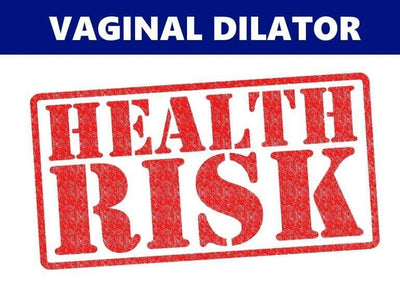
| Caroline Knight
Is Ehlers-Danlos Syndrome Causing Your Pelvic Pain?
Ehlers-Danlos syndrome is the name for a group of disorders affecting the connective tissues that support skin, bones, blood vessels, as well as tissues and organs. Researchers classified Ehlers-Danlos syndrome as having 6 main types back in 1997, but in 2017, this was updated to 13 types. These disorders often manifest as mildly loose joints, but in some instances can be life threatening.
The type of Ehlers-Danlos syndrome that affects the pelvic region is classified as Ehlers-Danlos syndrome - hypermobility type (EDS-HT). Hypermobility refers to a large range of movement in the joints, which can result in loose joints, resulting in complications such as dislocation and chronic pain. Fortunately, this type of Ehlers-Danlos syndrome is considered to be the least severe; however, it is the most common type.
What are the symptoms of Ehlers-Danlos syndrome (HT)?
There is really no difference in symptoms between EDS-HT and joint hypermobility syndrome, which has several manifestations. When affecting the pelvic region, EDS-HT can be classified as having three sub-types (gynecologic, urologic and obstetric). There are even more sub-types of Ehlers-Danlos syndrome (HT) but these are not responsible for pelvic pain.
The symptoms of the sub-types relating to the pelvic region include:
- Musculoskeletal complaints
- Chronic pelvic pain
- Joint instability
- Soft tissue overuse injury
- Musculoskeletal problems such as non-inflammatory joint pain
- Spinal pain
- Dislocation or subluxation of peripheral and central joints (including hip joints)
- Dyspareunia (painful sex)
- Dysmenorrhea (painful periods) due to muscle contractions/loose connective tissue
- Weak muscle tone (commonly presents in children and delays motor skill development)
- Constipation and/or incontinence
- Uterine, bladder or rectal prolapse
- Short labor, postpartum hemorrhage and perineal wounds
Ehlers-Danlos syndrome (HT) symptoms in statistics
Between 30% and 57% of women with Ehlers-Danlos syndrome (HT) will experience dyspareunia, which is thought to be down to small tears in the vaginal surface, as well as less vaginal secretions than would normally be present.
It also common for sufferers of EDS-HT to experience pelvic organ prolapse; in particular uterine prolapse. This affects nearly 40% of women with the condition. Another common symptom is stress urinary incontinence, which will affect between 40% and 70% of women with Ehlers-Danlos syndrome (HT). This usually happens in earlier life, and is considered to be down to weakness in the pelvic floor.
Pregnant women with EDS-HT are likely to experience a much shorter period of labor, although pregnancy is usually normal and without major complications except for an increased chance of joint laxity and pain. For around 26% of women with EDS-HT, pelvic pain and instability can be expected, and this may need to be remedied by pelvic belts, crutches, and plenty of rest.
Management and relief from EDS-HT symptoms
Given that the sub-types and symptoms of EDS-HT are so broad, it is necessary to obtain a proper diagnosis from your healthcare provider before trying to treat the condition. Aside from rest and supporting equipment (as mentioned above), there are ways to manage your EDS-HT symptoms.
For instance, women with dyspareunia and/or weakened pelvic floor muscles can benefit from the use of vaginal dilators; if the pain during intercourse is caused by symptoms such as less vaginal lubrication, it may help to use a water-based lubricant to ease penetration and lessen friction.
Many Ehlers-Danlos syndrome sufferers benefit from pelvic floor stretches to strengthen the muscles in this region, or even undertake a course of pelvic floor physical therapy if required. We have plenty of information throughout the site on pelvic pain conditions, treatment and management of symptoms, so take a look around and feel free to get in touch if we can help you with anything.















